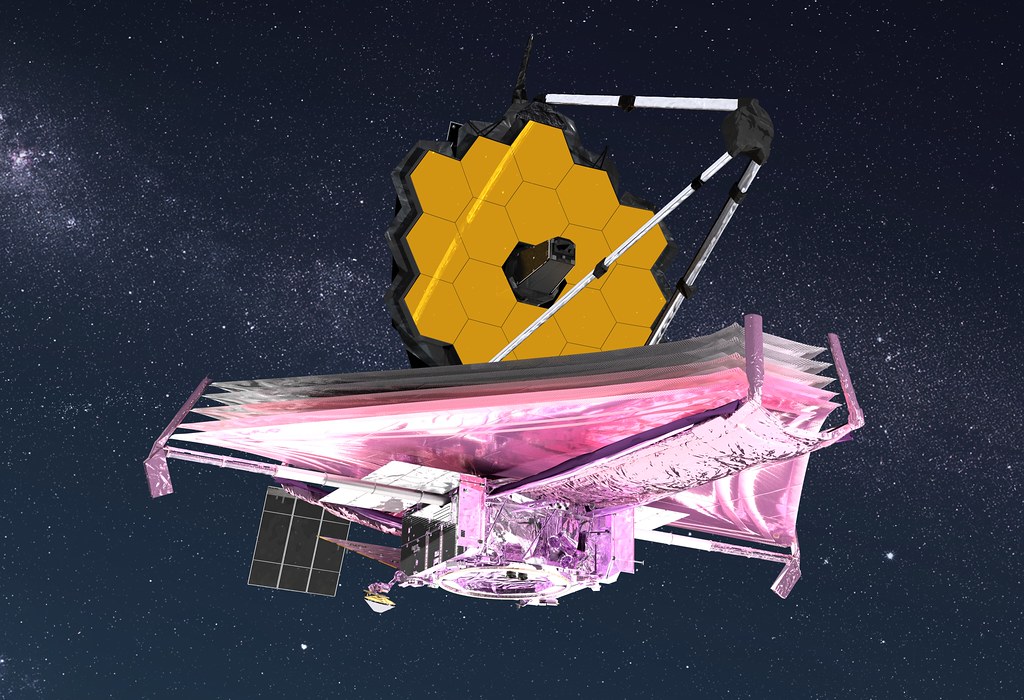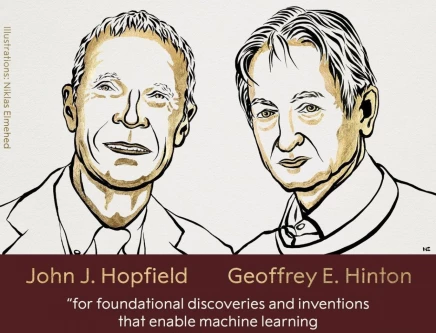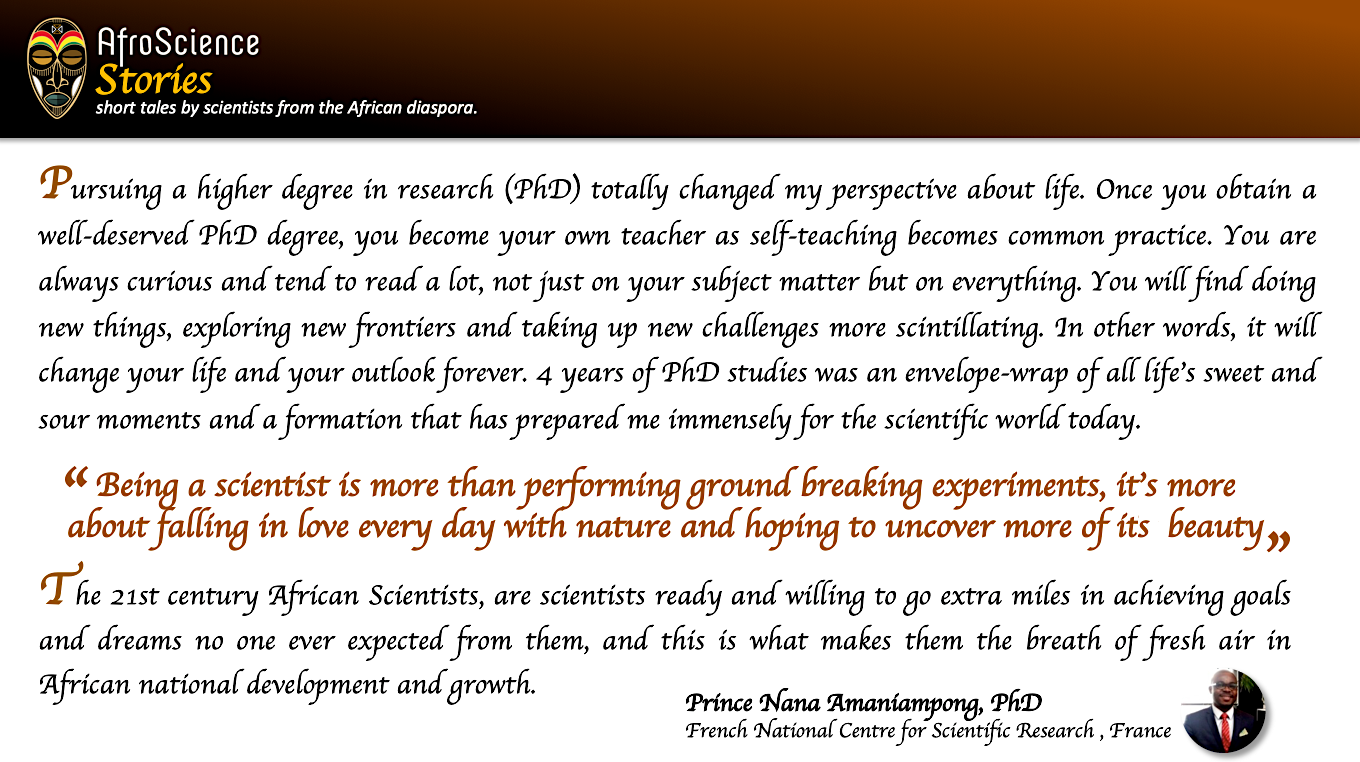In December 2021, a 10 billion dollar space telescope was rocketed into space as part of a dream budding for years. The aim was to deliver images from the “past”; as far back as the formation of stars after the “Big Bang”. The telescope will look further back in time than its predecessor, the Hubble Space Telescope.
In December 2021, a 10 billion dollar space telescope was rocketed into space as part of a dream budding for years. The aim was to deliver images from the “past”; as far back as the formation of stars after the “Big Bang”. The telescope will look further back in time than its predecessor, the Hubble Space Telescope.
Why would anybody decide to shoot such a considerable amount of money into space? According to the United States of America’s National Aeronautics and Space Administration (NASA), the specific mission goals are to search for the first galaxies or luminous objects formed after the Big Bang; determine how these galaxies evolved from their formation until now. It will also observe the formation of stars from the first stages to the formation of planetary systems, measure the physical and chemical properties of planetary systems, including our solar system, and finally investigate the potential for life in those systems.
The James Webb Space Telescope was conceived over ten years, and it took twenty years to build. The telescope was constructed through an international collaboration between NASA, the European Space Agency (ESA) and the Canadian Space Agency (CSA).
What Is the James Webb Space Telescope?
The James Webb Space Telescope, also called the Webb Telescope, is an orbiting infrared observatory with a longer wavelength range and better sensitivity. The telescope is expected to have a life span of 10 years, has a mirror size of 6.5 m, a mass of 6,200 kg and an operating temperature of -230oC. The observatory has at its core a golden mirror over three times wider than the mirror in the Hubble Telescope. To launch the James Webb Telescope into space, it had to be folded and mounted on the nose cone of the Ariane 5 rocket. After launch, the observatory took a 29-day, million-mile journey to get to its deployment point. Unlike Hubble, the Webb Telescope will not orbit Earth but will be 1.5 km away from the Earth in orbit around the Sun. On the 17th of March, 2022, scientists at NASA managed to fully focus the new telescope on a test star, and the initial images have exceeded expectations.
Why Is the Webb Telescope Important?
If you have ever wondered about the origins of the Universe, humans, and our place in the Universe, then the Webb Telescope is on its way to answering some of these questions for you. Is Earth unique? Are we special or are more planets out there hosting different alien races? Studying the early section of the Universe’s origins has always been elusive. So, the Webb observatory is like a time machine looking at babies of the Universe and helping scientists understand how they were formed. We now have the means to peer into the mysteries previously hidden and map those parts of the Universe. Do you think man will be zooming through space soon like the adventures of Captain Kirk and the crew of the Enterprise? If this will happen then we need to know where to go? The Webb Telescope is a project that will help us achieve this.
Now you know why $10 billion was shot into space.
More importantly, the benefits derived from the technological advancement required to design, build and deploy the observatory are already providing tangible benefits here on Earth. The mirrors needed for the telescope had to be invented because it had never been done. Some of the innovations are already being used by eye surgeons. The computer software required for a project of this size is also finding applications on Earth. In the grand scheme of things, the expertise and level of organization required to execute a project of this nature will find applications on projects of less grandeur right here on Earth with instant benefits.
Perhaps, African governments should consider funding science on this level for the continent’s transformation.
Conflict Of Interest
The views and opinions expressed in this article are those of the author, and they do not purport to reflect the policies, opinions, or views of the AfroScience Network platform.
Disclaimer
This article has not been submitted, published or featured in any formal publications, including books, journals, newspapers, magazines or websites.
Be the first to comment
Please login to comment












